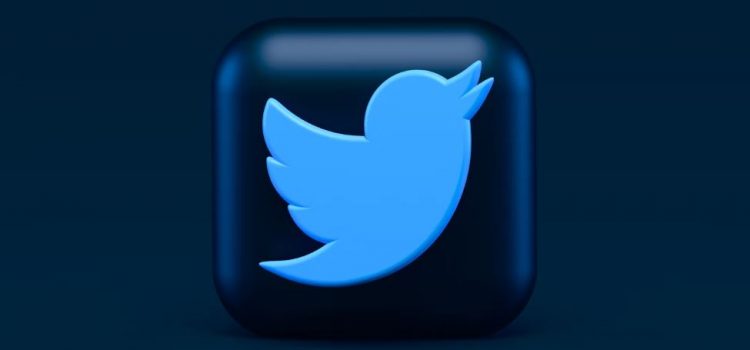
How was Twitter created? What company started it all? Why did its hypergrowth become an issue?
Twitter (now called X) was first created in 2006 as a status-sharing service. Four men, Noah Glass, Evan Williams, Biz Stone, and Jack Dorsey came up with the original idea for the platform.
Here’s a brief look at the creation of Twitter, as told in Hatching Twitter by Nick Bilton.
The Birth of Twitter
Imagine a small team from a fledgling company with a vision for a service that would revolutionize our social interactions. That’s exactly how the creation of Twitter began—as a project and idea within a company called Odeo. It all started when Odeo unintentionally laid the foundation for what would become Twitter while exploring various strategic alternatives.
Noah Glass
Enter Noah Glass, an entrepreneur facing challenges in both his personal and professional life. He played a crucial role in the development of Odeo. Evan Williams, known for his innovative work with Blogger, befriended Glass and invested $200,000 in the podcasting company, which was based in a modest apartment. Williams became the CEO, and together, they set out to make Odeo a success.
The Collective Vision
The foundational concept of Twitter was a collective effort. Initially focused on podcasting, the company shifted its attention to messaging. Glass’s desire to combat isolation and Jack Dorsey’s understanding of communication networks, combined with the functionality of text-based messaging, led to the creation of “Twttr.” The engineers, including Evan Henshaw-Plath, or “Rabble,” brought their technical expertise and hacker ethos to the table, determined to make Odeo the go-to platform for podcast distribution.
Brainstorming Sessions and Hack Days
Frequent brainstorming sessions at Williams’ home sparked the development of Twitter. Biz Stone, Jeremy LaTrasse, and Tim Roberts played key roles in shaping the technical and aesthetic aspects of the project. “Hack days” became a driving force behind their work. Dorsey, with the help of Florian Weber and encouragement from Dom Sagolla, transformed the initial concepts into a functional platform, applying structure to the social networking idea envisioned by Glass.
Practicality Meets Reflection
Jack Dorsey’s vision was shaped by practicality. The constraint of brief messages aligned with the prevalent SMS norms of the time. Under Williams’ mentorship, a platform initially designed for sharing immediate actions evolved into a network that paradoxically connected solitary reflection with collective interaction.
Twitter Takes Flight
After becoming an independent entity, Twitter quickly transformed from a modest initiative into a significant cultural phenomenon. The South by Southwest event saw a surge in enthusiasm for the platform, with engaging plasma displays and a clear emergence of a new social trend. Jack’s first tweet was a subtle hint of the impending surge in daily sign-ups, which soon reached hundreds of thousands. The presentation of Twitter at conventions led to a marked increase in user interaction, highlighting its immense potential.
Growing Pains
However, with hypergrowth came fragility. The platform, initially built with a basic Ruby on Rails framework, struggled to handle the increasing volume of user interactions. It was like a hastily constructed skyscraper, assembled in just two weeks. The development team often grappled with numerous system failure notifications, symbolized by the “Fail Whale” icon, and constantly faced the risk of a database crash that could result in data loss.
In an environment primed for innovation and dedicated to change, Twitter emerged—flawed but fueled by passion, embodying the spirit of collective creativity and the ongoing pursuit of interaction and dialogue.






